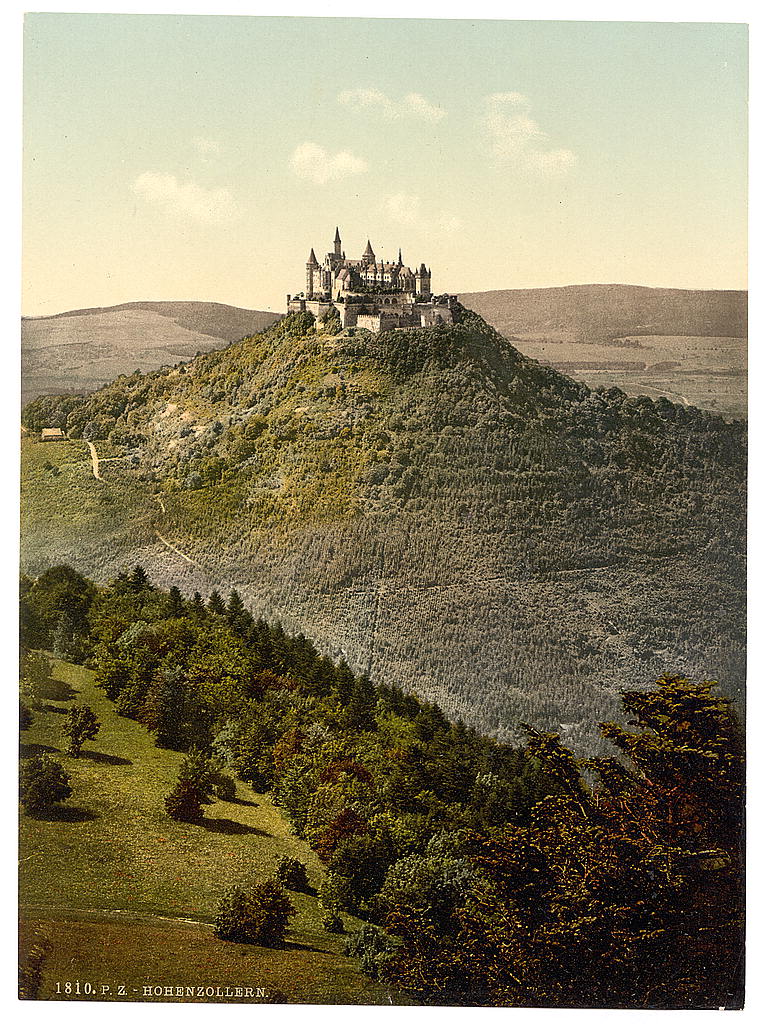Germany as a haven after the Lincoln assassination One of the lesser known aspects of the Lincoln assassination is the aftermath that played out in Germany. All the surviving occupants of the presidential box at Ford’s theater ended up moving to...
Did the church usher mistake him for a duke? And did Mark Twain mistake the empress for someone else? Mark Twain’s account of an encounter with Empress Augusta of Germany counts among his most hilarious sketches of Baden-Baden. It appears in A Tramp...




Recent Comments